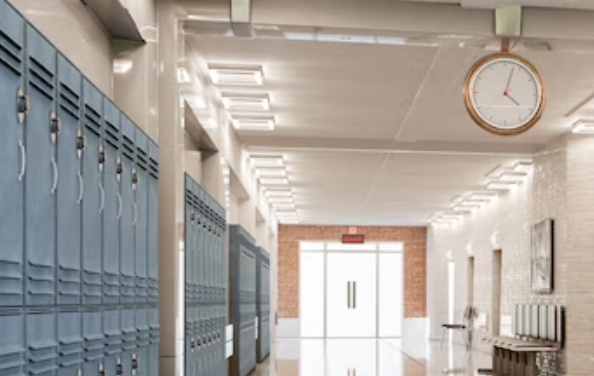Dear Editor,
On March 5, Killington voters will face a crucial decision: whether to approve a $99 million bond for a new school building that will replace the aging and deteriorating middle school/high school. This is not a decision to take lightly, as it will have significant implications for the town’s future, both in terms of education and economy.
Some residents may be reluctant to vote “Yes,” fearing that the new school will increase their tax burden and make living in Killington unaffordable. However, this fear is based on misinformation. In reality, the new school will benefit all Killington residents, regardless of their income level or family situation. Here are some reasons why:
The new school will improve the quality of education for Killington students, who deserve a safe, healthy, and modern learning environment. The new school will feature state-of-the-art facilities with improved accessibility, security, and energy efficiency. The new school’s design will enhance our children’s academic performance, social development, health, and well-being.
Renters, landlords, and second homeowners will not see any direct increase in their tax rates for the new school. Depending on their income bracket, homeowners declaring homestead may see a minimal or no tax increase from this project.
The new school will boost the local economy and attract more families and businesses to Killington. The school district is one of the top reasons families choose to live in Killington: it offers a high-quality education and a strong sense of community. Failure to replace the HS/MS will result in fewer people moving in and an exodus of existing families, further increasing the tax burden on locals.
The new school will save money in the long run, as the existing middle school/high school is in danger of being condemned even with costly repairs. It is impossible to fix many core issues with the HS/MS with repairs or renovations, such as asbestos, lead and PCBs, poor ventilation, inadequate insulation, outdated wiring, and structural damage.
The design of the new school was substantially reduced to achieve costs lower per square foot than recent school builds in Vermont and the rest of New England. Unless you plan to die or move out of town in less than 10 years, you will pay lower taxes in the long run if we replace the school now.
Moreover, there are several options available to the town to reduce the tax burden of the new school, such as:
Solicit donations from Airbnb and other short-term rental organizations for their impact on the housing market and, thus, our taxes with the possibility of banning short-term rentals outright.
Engage with Powdr, the owners of Killington Ski Resort, for contributions to the new school, given their position as a vital town partner and primary beneficiary from the lack of a local 1% sales option tax, which we could add back to fund the school.
Approve the retail cannabis ballot measure and allocate the 1% local option tax to reducing education taxes.
Add an impact fee on all new construction in Killington to reduce the tax burden on existing residents.
These options are not mutually exclusive and can be combined to create a comprehensive and sustainable solution for financial challenges faced by residents.
Supporting research for the statements in this article are publicly available on the school district website at: mtnviews.org/breaking-new-ground. You can also contact [email protected] and your school board members for additional information.
The bottom line is that the new school is not a luxury but a necessity. It is an investment in our town’s future, not a burden on our present. It is a choice between progress and decline, between opportunity and stagnation.
We urge all Killington voters to vote “Yes” on the new school bond on March 5. It is the right thing to do for our children, our community, and ourselves.
Sincerely,
Joe Laws, Killington
Editor’s note: Joe Laws lives in Killington with his wife and four children, who attend Killington Elementary School. He is the CEO of Trase Systems, a veteran, and a former U.S. Army Ranger who served in Afghanistan.




